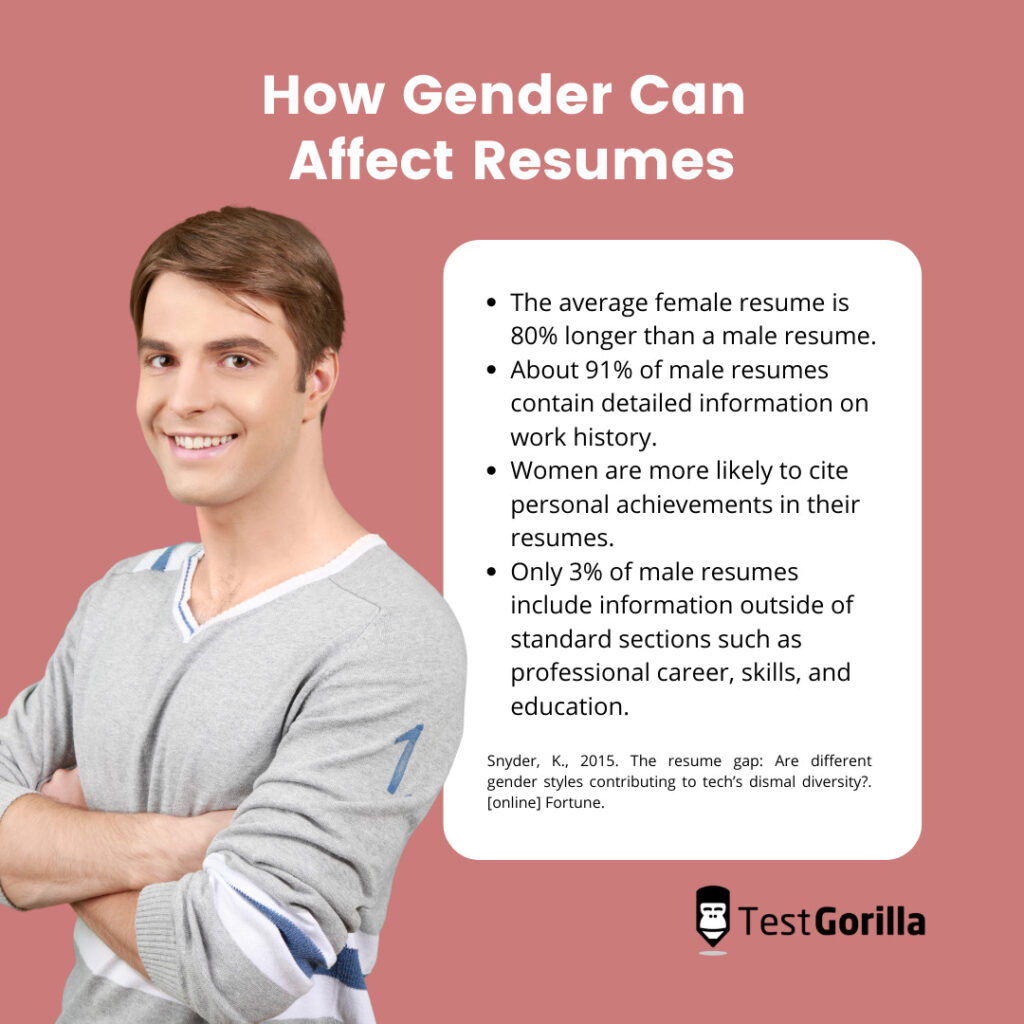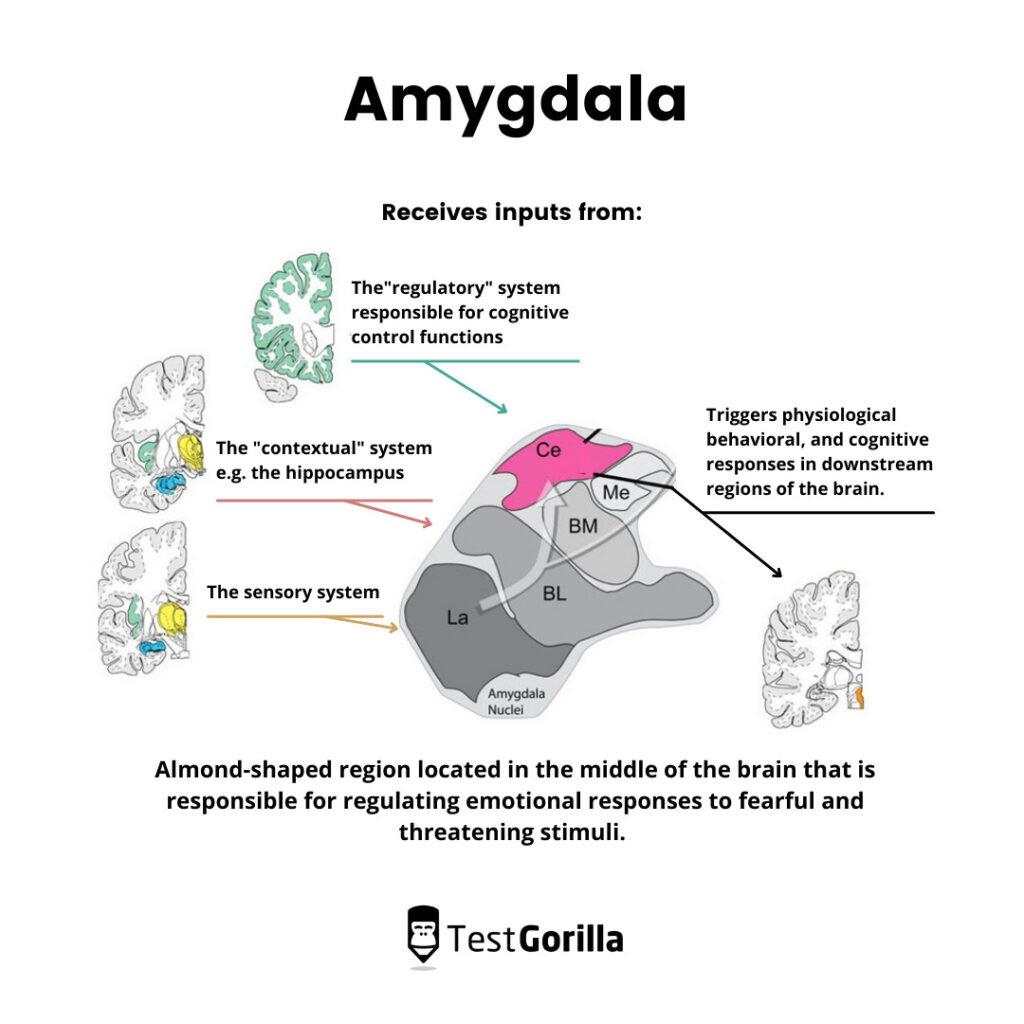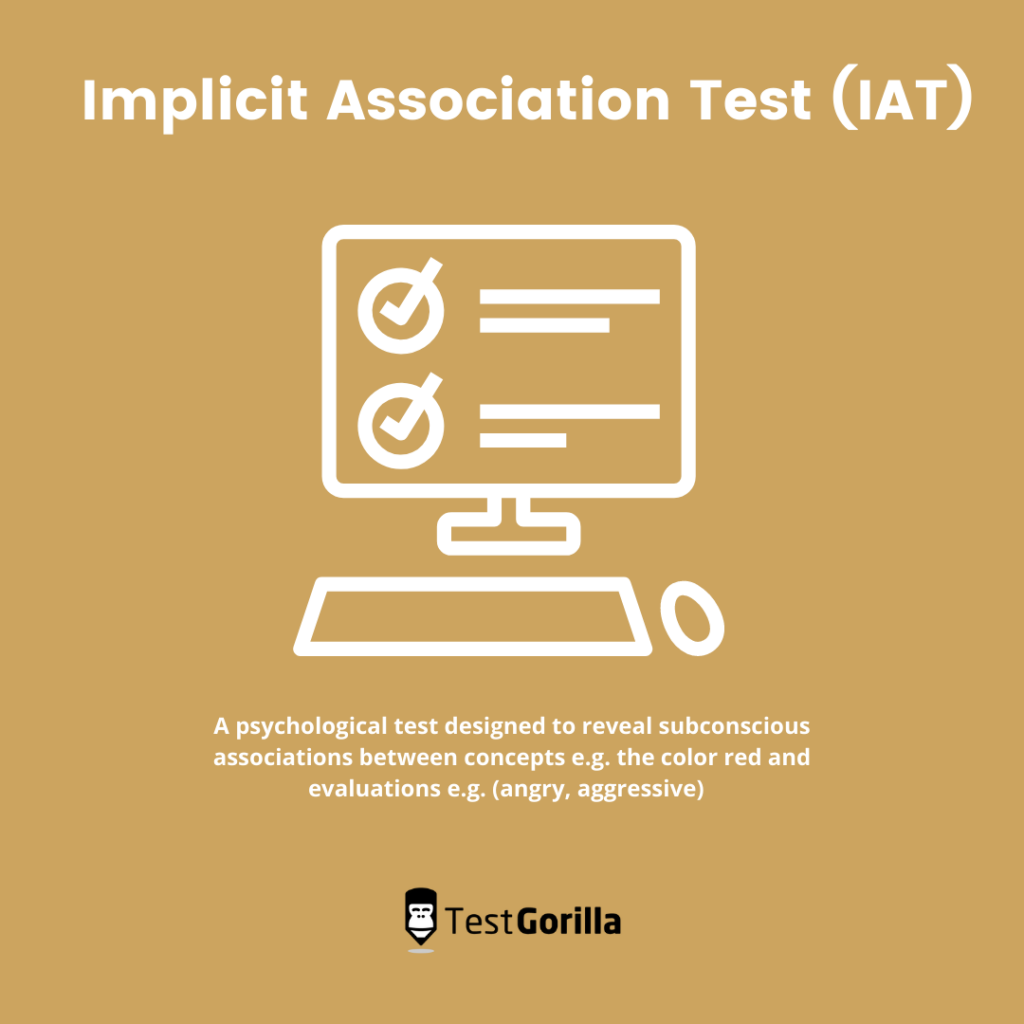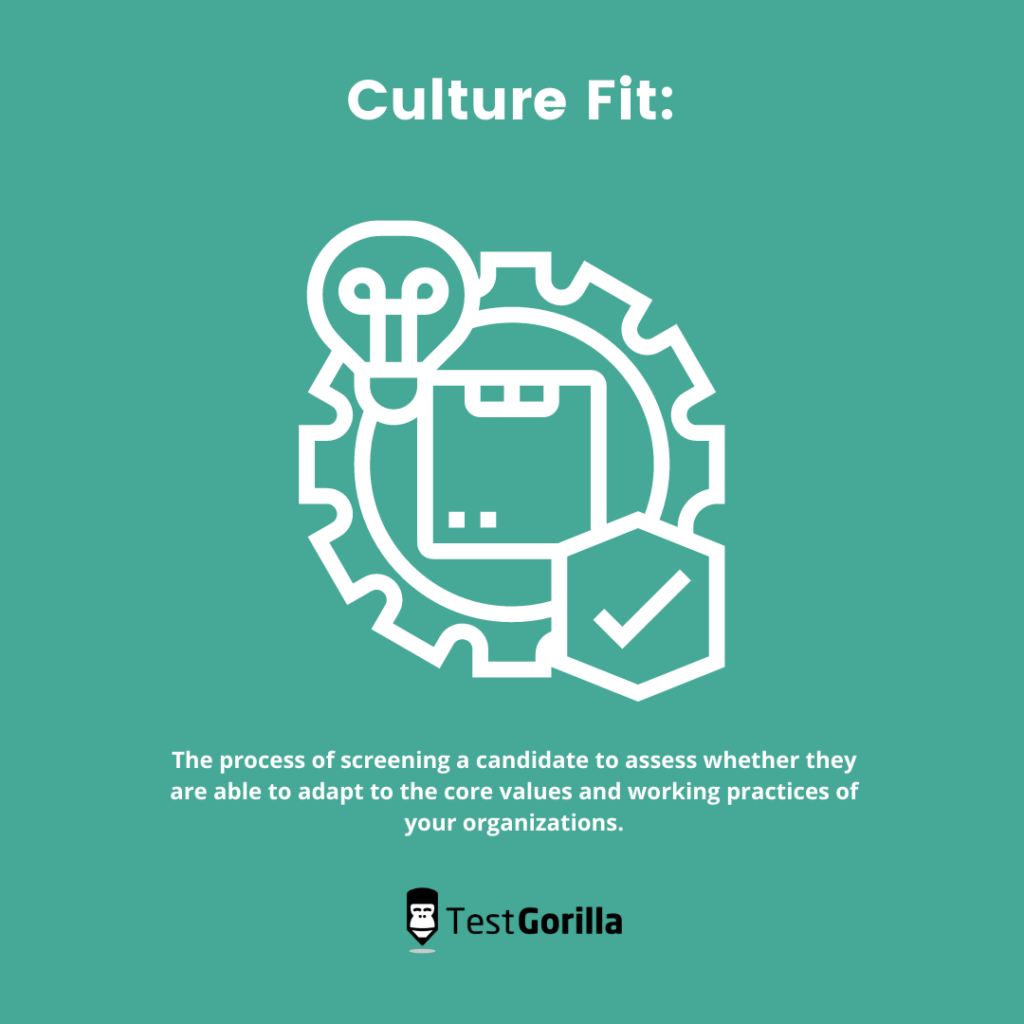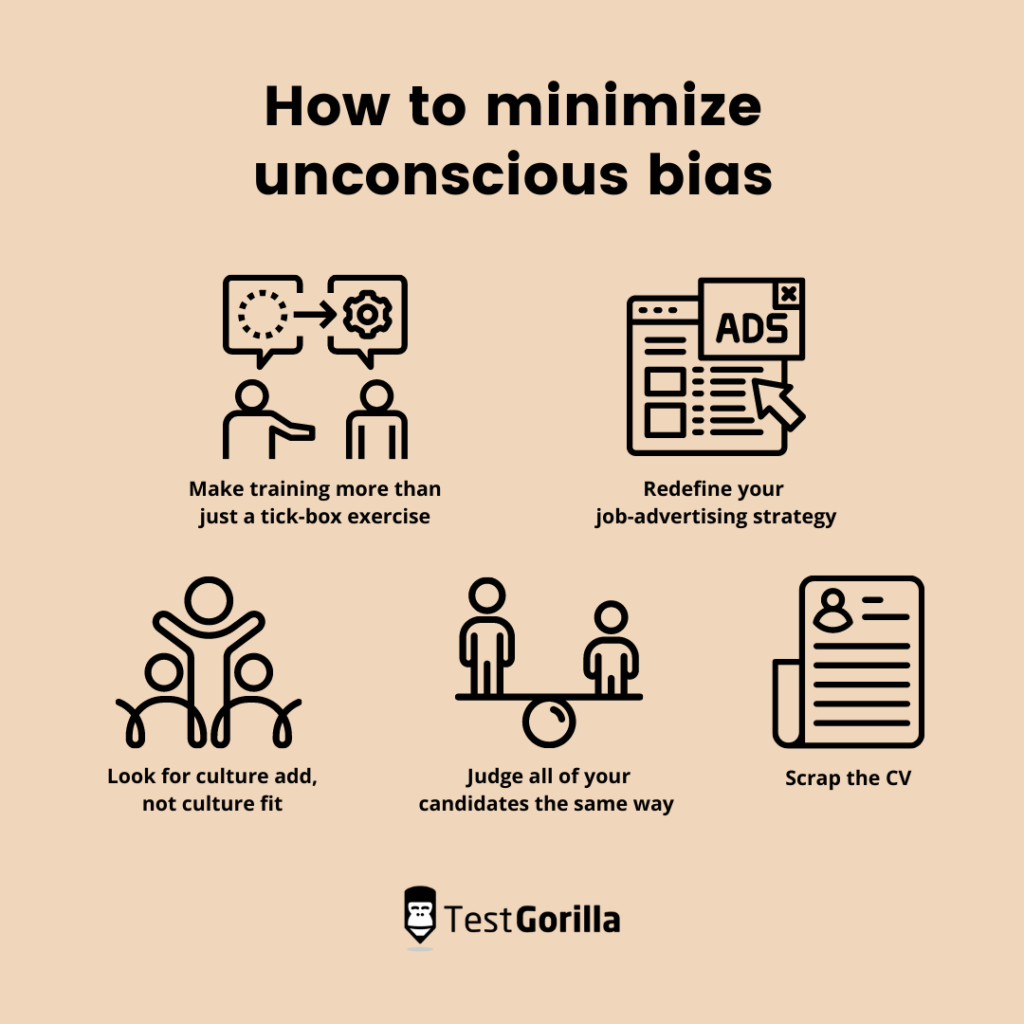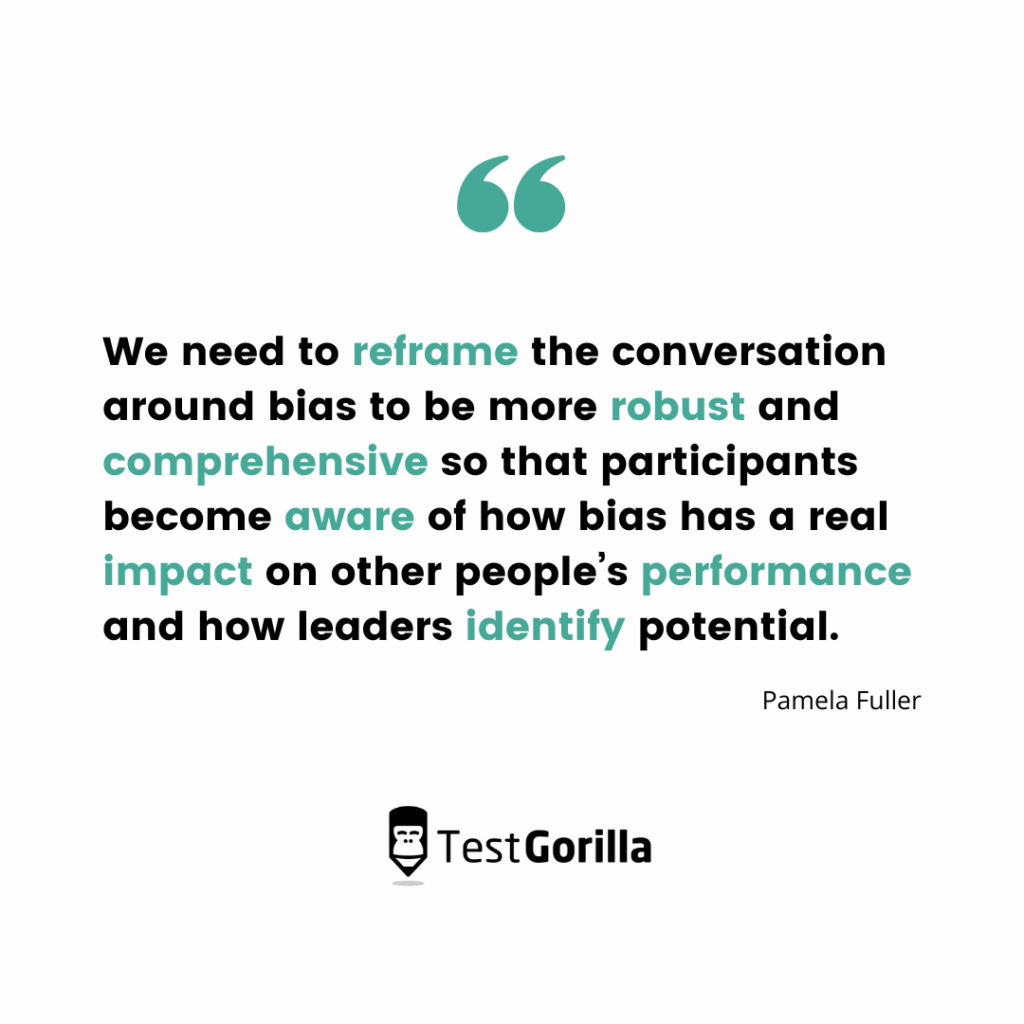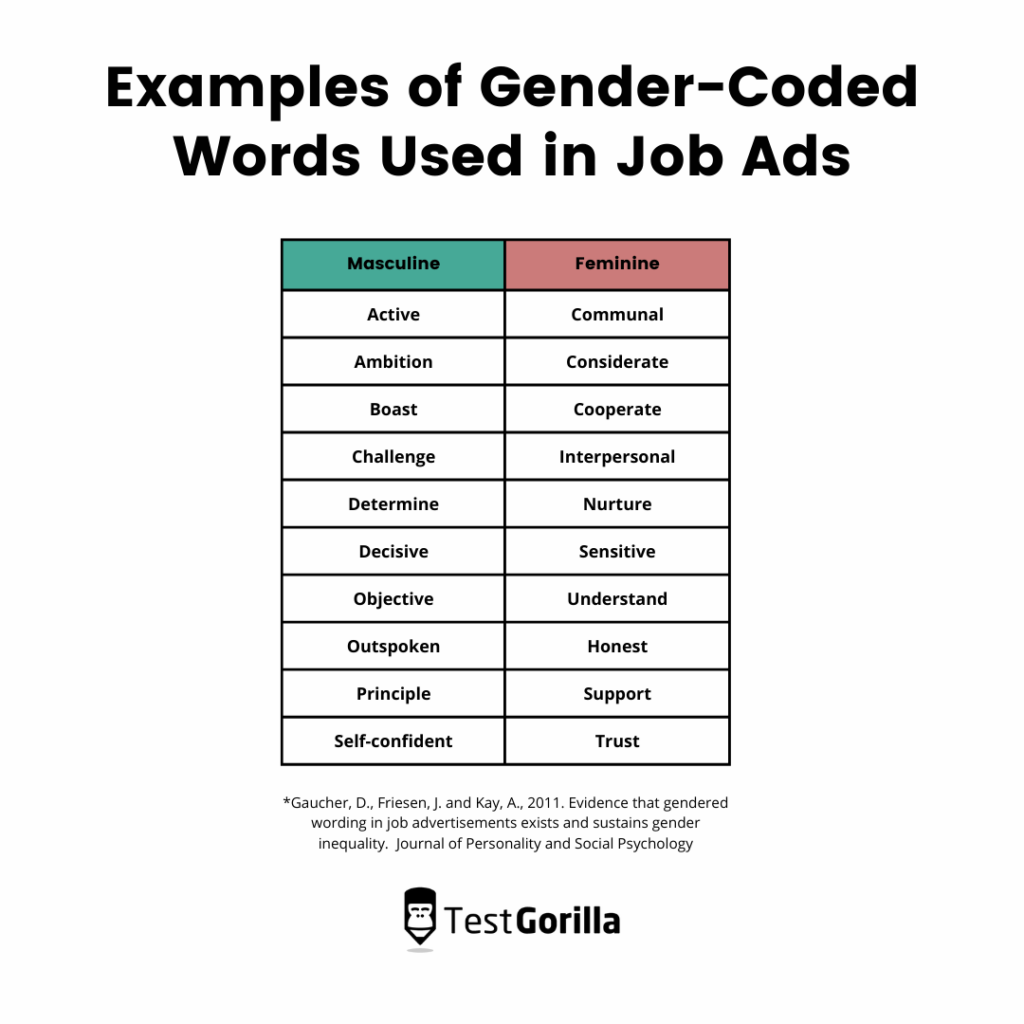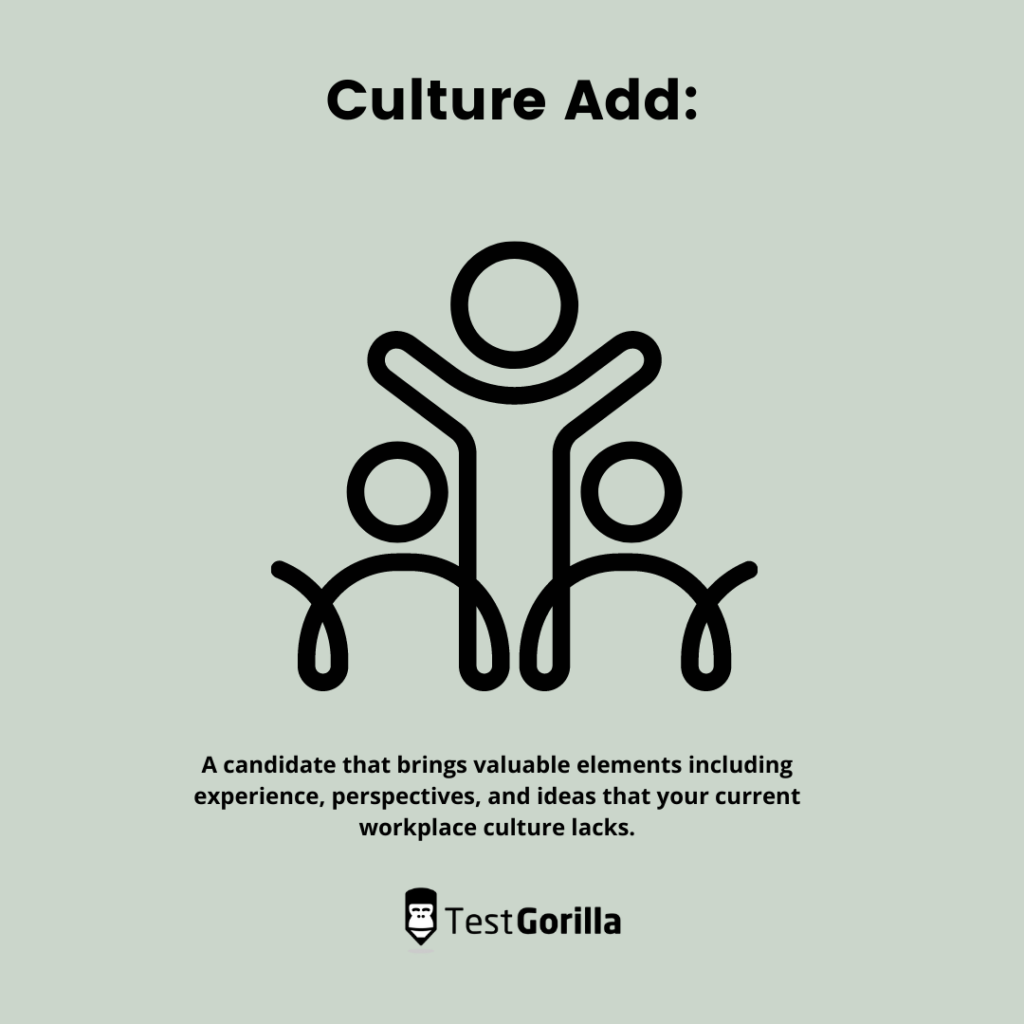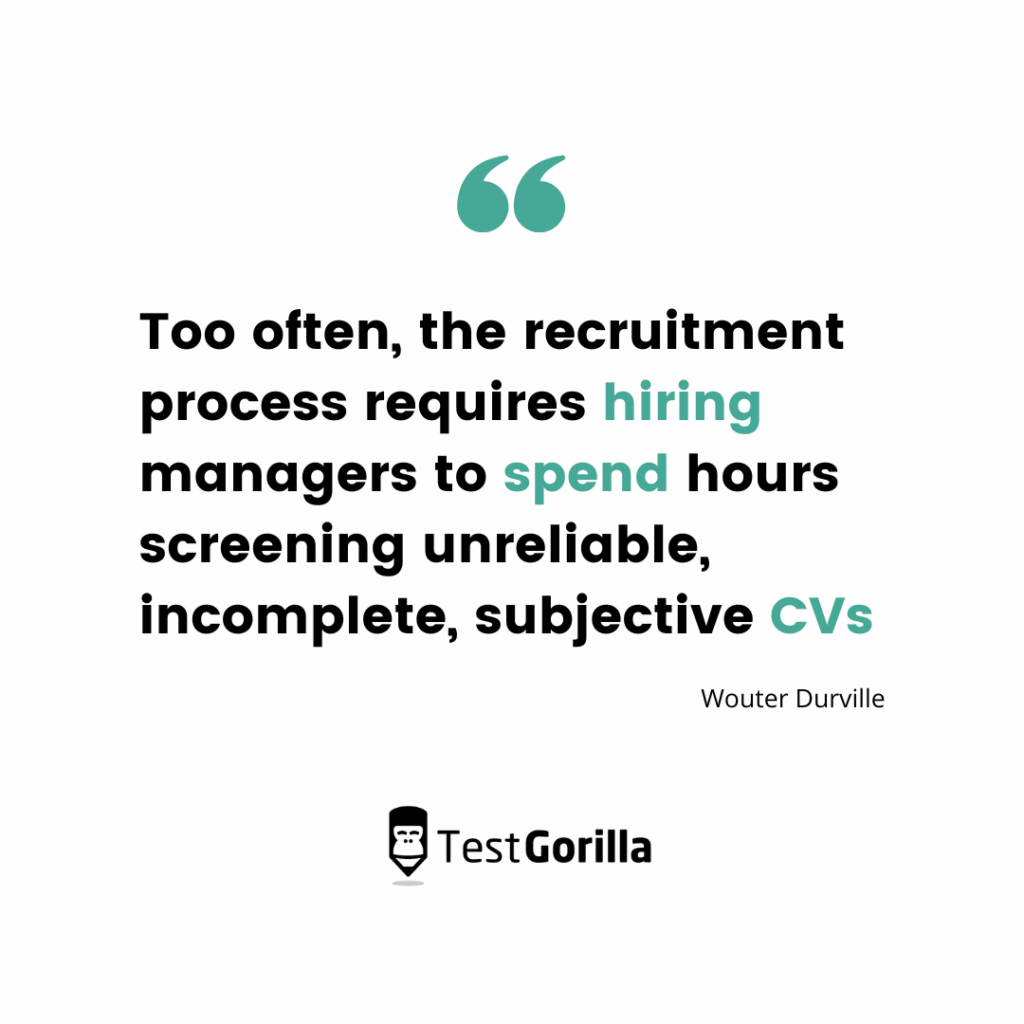How do you hire for success?
It’s the pressing question HR teams worldwide are spending billions of dollars to answer.
In 2014, Amazon made a bold attempt at cracking the code. After successfully automating various aspects of the company’s operations, from warehousing to delivery, programmers at the e-commerce giant decided to turn their considerable resources towards talent acquisition.
The result was an AI-driven tool trained to analyze and rate CVs based on how closely they matched up with resumes from Amazon employees over the past decade.
It sounds like a surefire system to overcome unconscious bias and make your recruitment as efficient as possible, right? Insert 500 resumes into a machine and get them instantly ranked based on each candidate’s quality and potential.
Unfortunately, company executives soon found out that the system was penalizing resumes that included female-specific terms such as “women’s college” while promoting CVs containing more masculine-coded phrases such as “executed” or “captured.”
After some investigation, the project’s developers realized that because they had trained the machine to recognize factors likely to predict success within Amazon’s male-dominant candidate database, it was now prioritizing CVs that fit this profile. Ultimately, the company’s attempts at fixing its system proved unsuccessful, and by 2018 they scrapped the initiative altogether.
It shows how unintentional bias can derail even the most finely tuned hiring processes. So, how do we eliminate this ever-present issue and build a fairer and more effective way to assess candidates? Let’s start by diving deeper into the science behind the topic.
What cognitive sciences reveal about unconscious bias
In many ways, our tendency to make rushed judgments based on pre-existing assumptions reflects the world we live in.
Human brains process millions of inputs every second, filtering through them in real-time to find 40 or 50 pieces of critical information worth retaining within our conscious minds. It’s an intensive exercise that requires us to take several mental shortcuts to make the best decision in the shortest possible time.
Now, when it comes to everyday activities like collecting the mail or judging the edibility of a piece of fruit, this ability enables us to trust the outcomes of our actions without taxing our higher cognitive centers.
These gut-level reactions are generally a function of the amygdala, the part of our brain responsible for detecting and responding to immediate threats. The instinct was essential in our early evolution and survival as a species, but in modern times, when roaming predators are a less frequent concern, the same snap judgments often result in less desirable outcomes.
Indeed, recent research shows that signaling from the amygdala plays a key role in our urge to sort individuals into a preferred in-group versus a less trusted out-group.
What CVs tell us about implicit bias
One such issue arises when it comes to evaluating candidates’ CVs during a conventional hiring process. Leave your judgments to instinct, and you’re likely to start categorizing applicants based on implicit associations you may not even be aware of.
Implicit Association Tests (IAT) are a great way of uncovering the hidden biases that individuals have towards different social groups based on categorizations such as race, age, ethnicity, gender, and sexual orientation. Based on data collected from Harvard’s IAT, 70% of white respondents who claimed no preference between white or black people displayed at least some pro-white preference in their test responses.
Now, consider what we just learned about unconscious biases in light of data showing the average recruiter spends just 7.4 seconds reading each CV before assessing a candidate’s eligibility for a role, or studies that prove identical resumes with white-sounding names get more interview offers than those with black-sounding names, and it becomes clear why so many organizations struggle with a lack of diversity in the workplace.
The best insights on HR and recruitment, delivered to your inbox.
Biweekly updates. No spam. Unsubscribe any time.
Culture fit leads to groupthink
Of course, unconscious biases don’t just relate to race or gender. In many cases, they’re tied up in even more subtle factors, such as a preference for candidates from the same educational background or those who share interests with the hiring manager (this is known as affinity bias). In many cases, these candidates are referred to as a cultural fit: in other words, their background and personality align with the status quo established by employees at the organization.
According to Lauren Rivera, professor of management and organizations at the Kellogg School of Management at Northwestern University, Illinois, cultural fit is one of the most important qualities managers look for in new hires. Unfortunately, prioritizing it often results in a workplace consisting of “[copies] of your existing employees.”
You need look no further than the tech industry to see the effects of this type of hiring process. Despite glaring talent shortages and billions spent on diversity and inclusivity initiatives, 68% of business leaders in the industry still report a lack of diversity in their workforce.
Even without these statistics, anyone who’s sat in on a meeting where everyone looks, talks, and thinks the same can attest to the dangers (and boredom) of a homogenous workforce.
The benefits of breaking free from bias
The case for building a more diverse and inclusive workforce is strong. A global survey by Boston Consulting Group, conducted across 1,700 organizations of various sizes in several different industries, found that companies with more diverse management teams reported 19% higher revenues on average due to increased innovation.
Although cultural fit can bring a sense of togetherness and alignment to growing organizations, analyses from Paul Gompers, an economist and a professor at Harvard Business School, show that business leaders who don’t try to diversify their culture leave significant profits on the table.
Glassdoor reports show that 67% of candidates are interested in employers that showcase substantial workforce diversity. These numbers can’t be ignored in a post-pandemic job landscape where top-tier talent is increasingly difficult to find.
A pivotal concept to emphasize here is cognitive diversity, the idea of including people with different viewpoints, skill sets, and backgrounds in decision-making processes. According to Elise Awwad, chief operating officer at DeVry University in the US, “diversity allows companies to adopt a different lens to solve challenges, operate the organization and keep it strong.”
How can you minimize unconscious bias?
It may be impossible to eradicate unconscious bias, but there are several steps organizations can take to reduce it significantly. Here are some of those steps.
Make training more than just a tick-box exercise
For many workforces, the announcement of enforced diversity training often elicits more eye-rolls than genuine enthusiasm. Indeed, some executives, such as KPMG’s former UK chief executive, Bill Michael, have gone on record to call out the entire raison d’etre for these types of seminars.
Although you might not expect the same level of vitriol from your teams, you still have to look at precisely what you’re trying to achieve through training sessions. If the objective is to make employees identify and correct their behavior through a one- or two-day session, the entire initiative will likely fail. Recent research shows that simply informing individuals of their unconscious biases is more likely to convince them that the ability to change their beliefs lies out of their control.
If training is to work, it has to help individuals understand the impact of their biases on an organization’s performance and how it affects the company’s pipelines for hiring and promotions. According to Pamela Fuller, co-author of _The Leader’s Guide to Unconscious Bias: How to Reframe Bias, Cultivate Connection, and Create High-Performing Teams, “_we need to reframe the conversation around bias to be more robust and comprehensive so that participants become aware of how bias has a real impact on other people’s performance and how leaders identify potential.”
Redefine your job-advertising strategy
Before posting an open position on LinkedIn or a job board such as Indeed, consider the target audience these platforms will identify for your advertisement. Most websites use predictive algorithms to maximize the impressions and conversions garnered by each ad. This might mean serving the ad to a specific demographic that has provided high levels of engagement for your company in the past. However, in the process, the algorithm could leave out otherwise qualified candidates who don’t fit the average profile of an applicant to your firm.
Another critical component is the job description itself. Consider the type of language you’re using to advertise the open position. For example, are you using male-coded phrases such as “go-getter” or, “marketing ninja” to describe what you’re looking for in a candidate, or are you leaning in the other direction and emphasizing female-coded terms such as “collaboration” and “team”? With that in mind, try making your language as role-specific and inclusive as possible.
It’s also advisable to test out your copy with a diverse group of people to see whether the description could be misinterpreted by any particular demographic.
Look for culture add, not culture fit
Instead of seeking candidates who fit neatly into your existing company culture, prioritize applicants who can bring unique perspectives and skill sets to a team. These individuals may not have the most impressive resume, but they can prove invaluable in helping to widen the pool of expertise in the company and bring forth ideas that would otherwise be left behind in favor of consensus-driven projects.
It’s important to note that hiring for culture add isn’t about satisfying arbitrary quotas. These employees must be given a seat at the table and encouraged to express their opinions if they’re to act as true drivers of innovation in the company.
Personality tests can help identify individuals who can bring the necessary insights to your organization.
Judge all of your candidates the same way
An unstructured hiring process leaves room for subjectivity. Ensure all candidates are evaluated objectively by creating a list of skills required in a successful applicant. These skills should be easy to communicate and testable. Comparing candidates with disparate academic backgrounds and work histories helps hiring managers evaluate individuals on a far more equitable basis.
Organizations should also work to standardize their interview process by establishing a diverse interview team to ensure each candidate feels comfortable offering their opinions. In addition, each candidate should be asked a predefined set of questions, with each answer ranked based on common criteria to minimize subjectivity (and therefore unconscious bias) as much as possible.
Scrap the CV
At various points, we’ve discussed how CVs can introduce unconscious bias into the hiring process. When everything from an applicant’s educational background to their work history, hobbies, and even their name can be used to disqualify them from a job they’re otherwise well-suited for, one has to question just how effective resumes are as a tool for candidate evaluation.
To make matters worse, much of this information might not even be reliable in the first place. For example, a survey by the jobs search engine Resumebuilder.com shows that up to one-third of Americans lie on their resumes. Moreover, industry-specific breakdowns show that the most significant percentage of these candidates are employed in IT and finance, where work experience and education are generally highly coveted.
Meanwhile, according to Monster’s Future of Work: 2021 Outlook survey, a further 78% of job applicants admitted to stretching the truth when it came to the skills, education, and experience stated in their resumes.
So if CVs are an inadequate way to evaluate candidates, what’s the alternative?
Increasingly, companies are turning to skills-based assessments pioneered by platforms such as TestGorilla to drive their hiring processes. Using a range of scientifically backed tests, HR teams can stop filtering applicants based on their resumes and give otherwise disregarded candidates the ability to demonstrate their value on an equal footing.
Ultimately, any phase of hiring requiring human intervention will involve some measure of unconscious bias. But while organizations might not be able to eradicate these issues, they can start making bold moves to redesign the systems by implementing fair hiring practices that contribute to unfair recruitment practices. In the process, they can build a more diverse and equitable workplace for current and future employees.
You've scrolled this far
Why not try TestGorilla for free, and see what happens when you put skills first.


